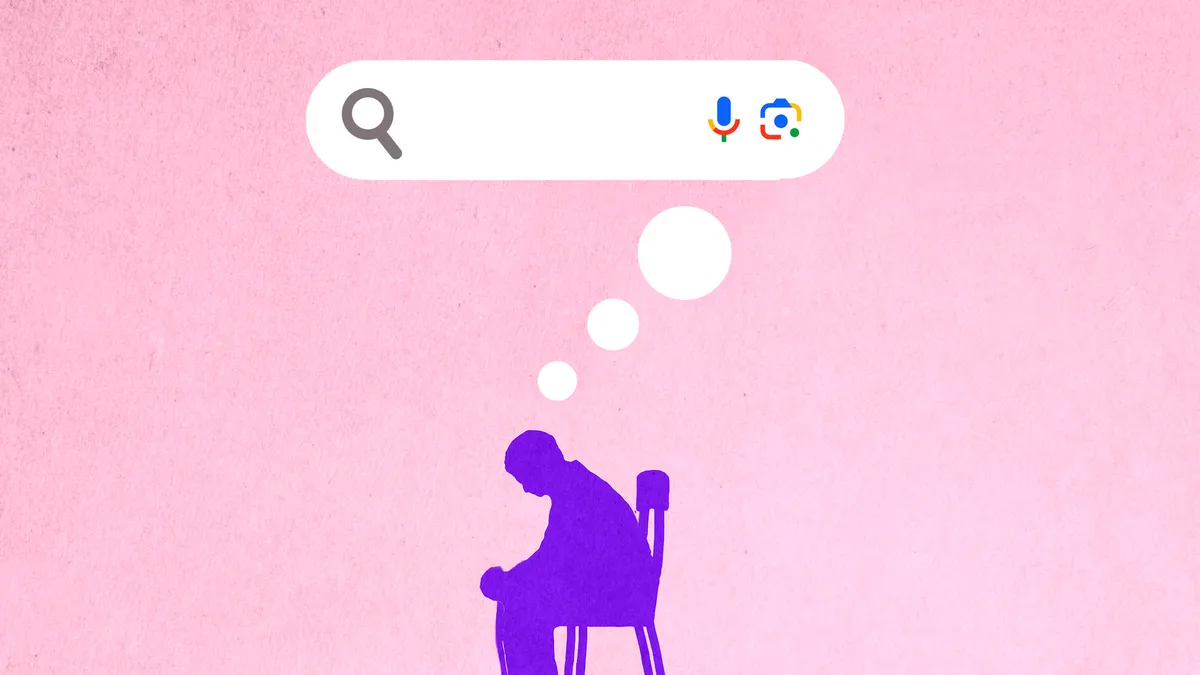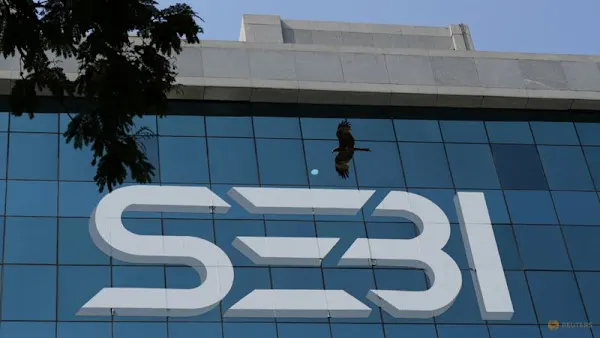By Webb Wright
Copyright zdnet

Follow ZDNET: Add us as a preferred source on Google.
ZDNET’s key takeaways
Many designers now use AI in their day-to-day work.Some hope the tech will function as a creative partner.Others worry AI will erase the serendipity in their work.
AI companies are pushing the tech as a solution for every productivity problem. While it’s shown promise in some mundane tasks, there is still a chasm between implementation, ROI, and human buy-in. Fast Company recently asked nine designers: In a perfect world, what are the capabilities you’d like to see from AI? Here’s what they said, and what it tells us about the next phase of the boom.
A looming content crisis
For better or worse, the past few years have seen a profusion of generative AI tools that can create text, images, music, and video. The progress the technology has already made suggests we’re still ascending an exponential curve that will lead us either into a world of ubiquitous deepfake content or one of endless creative possibilities. More likely, it will be some strange mixture of the two.
Also: OpenAI’s Sora 2 launches with insanely realistic video and an iPhone app
For the time being, tech companies are pushing AI forward at full steam, encountering major copyright issues along the way. Aside from having their work used as training data, creative professionals are contending with the fact that their roles could soon be automated by tools designed to generate content quickly, cheaply, and at a scale that can’t be replicated even by the most ardent workaholic.
Work is transforming – not ending
Thankfully, we have yet to see a full-blown AI job apocalypse. Many business-leaders are thinking about the technology more in terms of its potential to empower their existing employees than its capacity to fully replace them. While some figures in tech bluntly admit that the tools their companies are building could soon eliminate many jobs (or even entire categories of jobs), they much more often portray AI as a revolutionary creative tool that will make work easier, more streamlined, and more enjoyable for humans.
Meanwhile, creative professionals are faced with the challenge of figuring out how to incorporate these new tools into their day-to-day workflows, without allowing them to encroach too far on their own creativity and agency.
AI as a creative partner
There are a few noteworthy common threads running through the designers’ responses to Fast Company’s query.
Also: My new favorite Photoshop AI tool lets me combine images in one click – and I can’t stop
One of them has to do with the notion of AI that functions as a kind of automated creative partner — as opposed to, say, merely running in the background and assisting with super-specific and mundane tasks.
“Everyone says they want AI to take away the busywork, and of course I agree,” Sara Vienna, chief design officer at MetaLab, told Fast Company. “But I want to push it further. I wish AI could act less like a task runner and more like a thought partner — a thought partner that I actually trust with context and nuance.”
Also: 4 ways you can start using gen AI to its full potential
Many people use AI chatbots like ChatGPT this way, as thought partners to bounce ideas off of. Beyond that, it’s a vision that some AI developers are actively working to build. Luma AI, for example, is promoting its new “reasoning” video-generating model, Ray3, essentially as a creative partner for filmmakers and other creative professionals. Many new AI agents, meanwhile, are being sold as more advanced and dynamic chatbots that can adapt to the unique context of a particular individual or business.
The end of mundanity
Echoing Vienna (and the marketing gospel of tech companies), multiple respondents in the Fast Company article said they look forward to a day when AI systems could reliably handle some of the more monotonous and time-consuming aspects of their jobs, so that they could focus their attention on those aspects of the work that drew them to it in the first place.
Also: I teamed up two AI tools to solve a major bug – but they couldn’t do it without me
“The dream, the way I saw it, was never to sit in front of a drafting table for three days adjusting kerning by hand,” said Brian Collins, cofounder of Collins. “That wasn’t noble. That was carpal tunnel.”
Giorgia Lupi, partner at Pentagram, told Fast Company that while the elimination of rote busywork was alluring, the use of AI in design was a slippery slope. Outsourcing a few tasks here and there is fine, but let go of too much of your own control over the process, and you run the risk of producing a sludge of boring content.
Want more stories about AI? Sign up for AI Leaderboard, our weekly newsletter.
“My ‘blue-sky scenario’ would be an AI model that reduces the labor of tedious tasks, allows us to test ideas faster, but does not erase the important moments of frustration, collaboration, redirection, and happy accidents in the design process, as that is ultimately what brings the language of design to life,” Lupi said.
Humans in the loop
Across the board, the main underlying theme unifying each of the nine responses was that AI should enhance and support human creativity, not replace it.
Also: I test AI tools for a living. Here are 3 image generators I actually use and how
This isn’t surprising, of course — who would want a machine to completely put them out of a job? What is noteworthy is that none of these prominent designers seem to be openly hostile toward AI or resistant to its growing influence within their field. It’s an indication that, if there ever was a moment when creative professionals were in denial about the fact that AI is here to stay, that moment has passed. In its stead is a new chapter for creative industries in which the technology is, by and large, being actively embraced and used.
Experimentation, open-mindedness, and individuality
The diversity of responses to Fast Company’s query also illustrates the wide variety of visions for the future that designers are working toward in their use of AI. It’s not a one-size-fits-all solution. In fact, trying to force teams to use the technology in a top-down style of implementation appears to be one of the big factors — if not the factor — that’s preventing most businesses from achieving ROI on their internal AI efforts.
We might very well say, then, that the three ingredients to building a harmonious human-AI professional relationship are: experimentation, open-mindedness, and individuality.
Also: I test AI tools for a living. Here are 3 image generators I actually use and how
That said, there are some other, yet-to-be-developed perks that wouldn’t hurt, either. As one designer told Fast Company: “I’d appreciate it more if [AI] served me a sandwich every so often when I forget to eat, or if perhaps it could remove me from my chair when I’ve sat for too long to encourage me to go enjoy the weather instead.”
An uncharted future
This has very much been a process of trial and error; as with any new technology, there’s no infallible roadmap for any of us to follow to guide our use of generative AI. The invention of the personal radio democratized access to entertainment and information; it also enabled new forms of propagandizing and authoritarian control.
Also: Your colleagues are sick of your AI workslop
All of this is to say: In order to build a world in which AI serves rather than silences humanity, it’s critical for the public conversation to be guided not only by the companies building the technology — which are beholden first and foremost to shareholders — but by the people whose lives are actively being affected by it.



